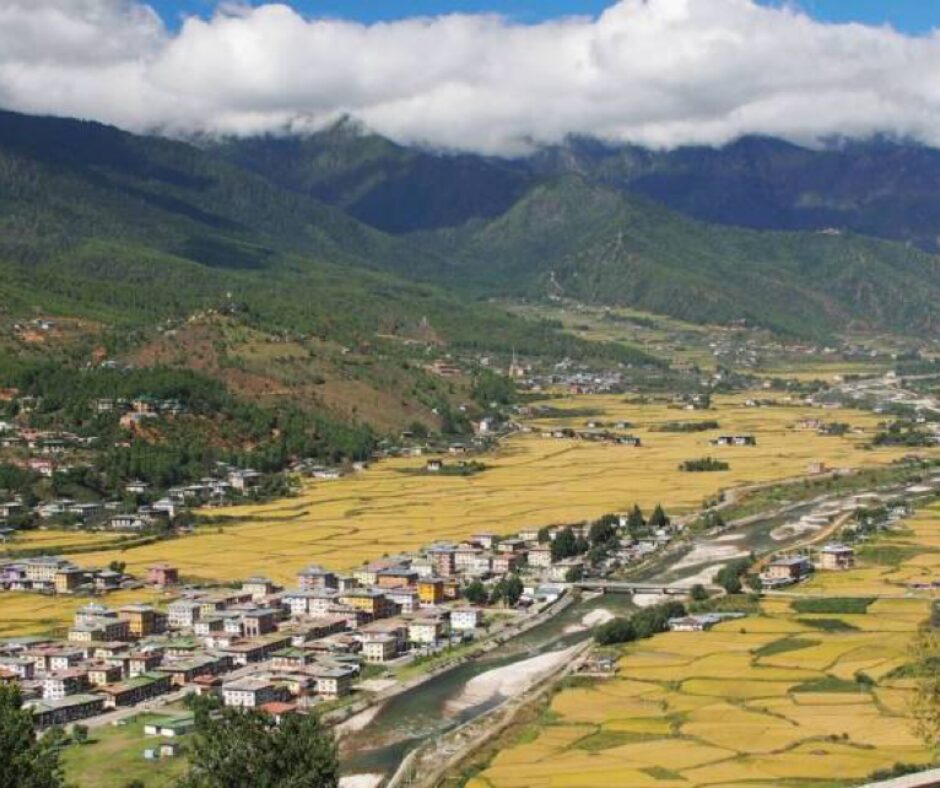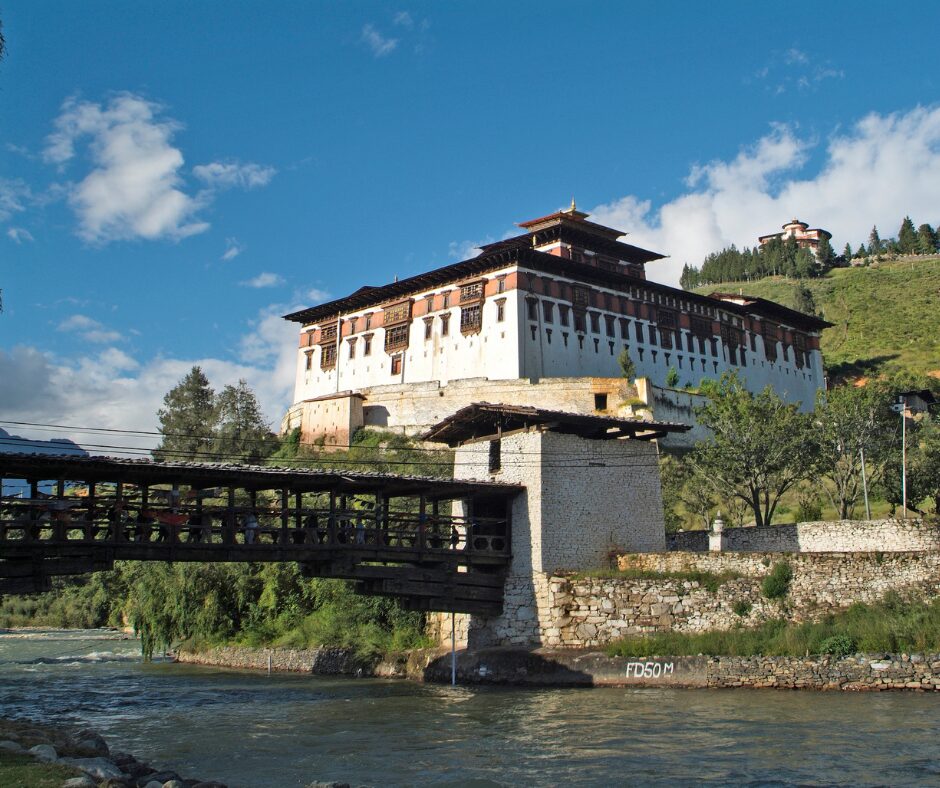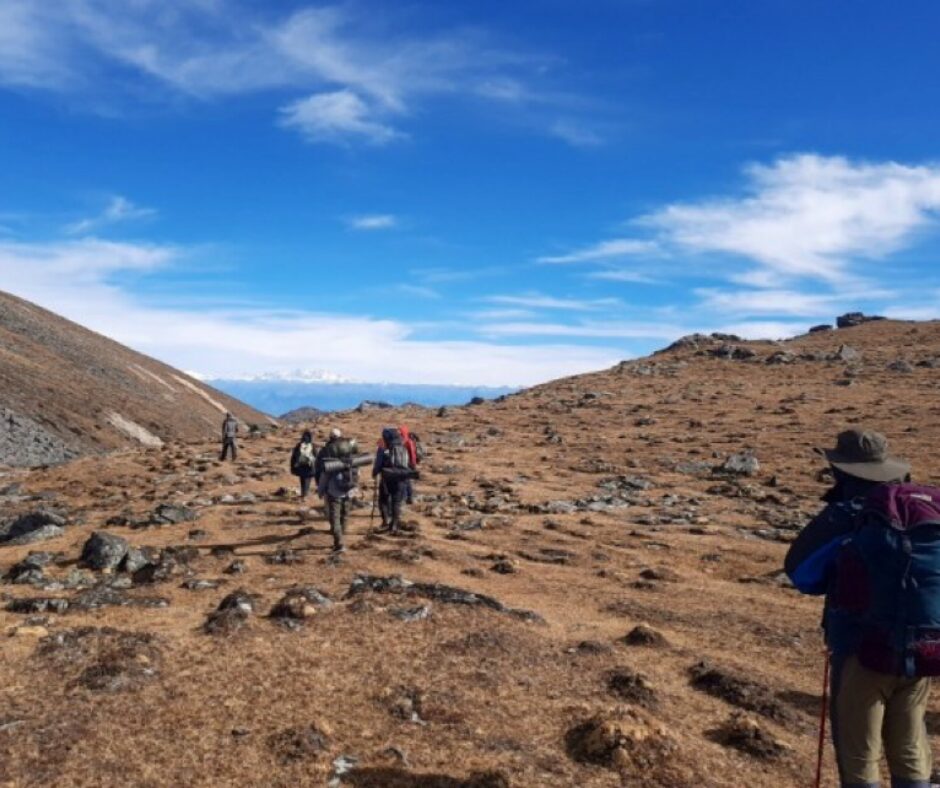Bhutan Off the beaten path
Haa Valley Walk
September through June
On request
9 Days / 8 Nights
Min. 4 / Max 12 Trekkers
Moderate
Camping & Lodges
Cultural Discovery and Sightseeing in Bhutan
If a short and gentle walk in Bhutan combined with some well-planned sightseeing is what you are looking for, then this is it. We start with a hike to the magnificent Taktsang Monastery before heading out to the Haa Valley, where we begin a magnificent three-day trek known as “The trail of the Haa Planters.” This old Trail was used by rice cultivators from the Haa Valley to Paro during the rice-growing season.
Despite the moderately short and lower altitudes, it is a beautiful hike that delivers in all ways with cultural interaction, stunning views, dramatic scenery, and Bhutan’s famous rhododendron forests that bloom each spring from early March to June.
Our journey of cultural discovery through this exceptional Buddhist kingdom progresses with visits to Wangduephodrang, Thimphu, and the ancient capital of Punakha, as well as the impressive Punakha Dzong, and gaining an enthralling insight into this remarkable country.
Itinerary
Arrive in Paro. You will be met by your guide and brought to the Hotel.
After clearing customs and immigration, you will be met your Bhutanese leader and be driven a short distance to our Hotel. Rest of the day at leisure.
Our sightseeing tour of Paro will take us to the grand Paro Dzong, which overlooks the valley and is Bhutan’s most prominent Dzong (fortress). First, we visit Ta-dzong; it was built as a watchtower in defence of Paro. This Dzong (fort) was converted into the National Museum in 1967. The museum is full of antique thanka (traditional Buddhist) paintings, textiles, armour, and weapons, as well as specimens of the kingdom’s unique flora and fauna. In addition, there is a varied collection of shops that sell necessities and handicrafts of wood, cloth, and metalware. Archery is the national game and is practised everywhere in the kingdom. Archery ranges lined by willow trees can be observed during our travels, and some traditionally designed bridges.
Today is another informative and exciting day in this fantastic kingdom (described partially above). The Paro valley is stunning; it is a location for various farming projects, including commercial quantities of shitake mushrooms, strawberries, asparagus, export, and mixed grains and vegetables. It is a potpourri of colours delineated by well-kept traditional farmhouses decorated ornately. All the surrounding slopes of the valley are forested, and the hint of mountains ahead is alluring. Simply driving through the willow-lined road is relaxing and uplifting. There is no traffic, clutter of people, or rubbish (plastic bags are banned). Our morning will be spent exploring the Tigers Nest Monastery, or Taktsang, as it is known locally. It is a short drive from our Hotel. It takes us about an hour and a half to walk up the steep and winding Trail through chir pine forest until a tea house, an excellent vantage point. Another thirty minutes hike brings us almost the opposite of the cliffs where the monastery is set. The monastery was the sacred resting place of Guru Rinpoche. We either have a picnic lunch or return to our Hotel for lunch. The afternoon is at your leisure.
We trek towards Khadey Gom 3235 meters by hiking through Yatong Gompa, Talung village. We commence our trek on the winding Trail around picturesque farmlands with dry stone walls to protect the fields from deer & wild boars. Overnight camp.
We trek to Dongney Tsho (lake) 3200 meters via Saga La. A gentle hike of approximately one hour through meadows and the coniferous forest is followed by a ninety-minute ascend to the Saga La pass. There are superb views on both sides of the pass on a clear day. The view towards Paro includes the sacred Mount Chomolhari and, the Drukgyel Dzong & the sacred Taktsang Monastery down in the valley. In addition, you can see the snow-clad peaks of Haa and the Tibetan border to the west. It is all downhill from the pass for two hours through mixed forests of rhododendrons and conifers. We camp in an open meadow surrounded by tall fir trees at Dongney Tsho. To our left is the black Choshola mountain: a holy place. Overnight camp.
The first part of today’s hike is a steep downhill until we reach the Genchu Zam. The walk will be through thick vegetation. Laughing thrushes, nutcrackers, magpies, and pheasants are often seen on this route. We pass a beautiful small hamlet of eight houses and a small temple on the left side of the Trail. Chodeypu village is set at the base of Laump Bjara, a foggy mountain where the mountain goats reside. We will walk to Balakha Chhu from this village. This is where the ancient Trail of the Haa Planters ends. We meet our transport here and get driven to Thimphu. We visit the main Secretariat building in the afternoon. The Tashichho Dzong is an essential building that consists of the central Secretariat, the National Assembly Hall, the King’s Office, and the Throne Room. This structure’s unique construction is completed without any nails or metal in the traditional Bhutanese style. There is a large Stupa honouring the late King H.M. Jigme Dorji Wangchuk. He is regarded as the founder of modern-day Bhutan.
This morning there is plenty of time to shop in the bazaar and get a feel for the country’s capital. There is the Handicraft Emporium with woodcarvings, paintings, and famous weaving. We mustn’t forget the Post Office with Bhutan’s world-renowned exquisite stamps. We drive from Thimphu for about three hours to Wangduephodrang (locally known as “Wangdi”). The climatic zone changes from mountainous to tropical as we cross over Dochu La, a 3150-meter-high pass marked by prayer flags and chortens. We can see the eastern Himalayas’ grand view, including the highest mountain in Bhutan, Mt Gangar Punsum, 7520 meters if the weather is fine.
* The beautiful Wangduephodrang Dzong was destroyed by fire on the 24th of June 2012; it was one of the oldest and most considerable dzongs in Bhutan, built in 1638. Renovations were in progress when the fire started, saving most of the historical relics from the devastation as they were stored.
Update February 2021: Re-building is still underway to restore the Wangduephodrang Dzong to its former glory.
Today we visit the Punakha Dzong, which once served as the old capital of Bhutan. This remarkable fortress was built in 1637 between two rivers and has survived several fires and glacial floods. A procession known as the Punakha Serda is held every February. It commemorates the victory over the Tibetans. From there, it’s just 45 minute drive to Wangduephodrang, where you can view the Dzong and stroll around the market area. Afternoon drive to Paro for overnight accommodation at the Kichu Resort.
Your guide will accompany you on the drive to the airport for your international flight.



















